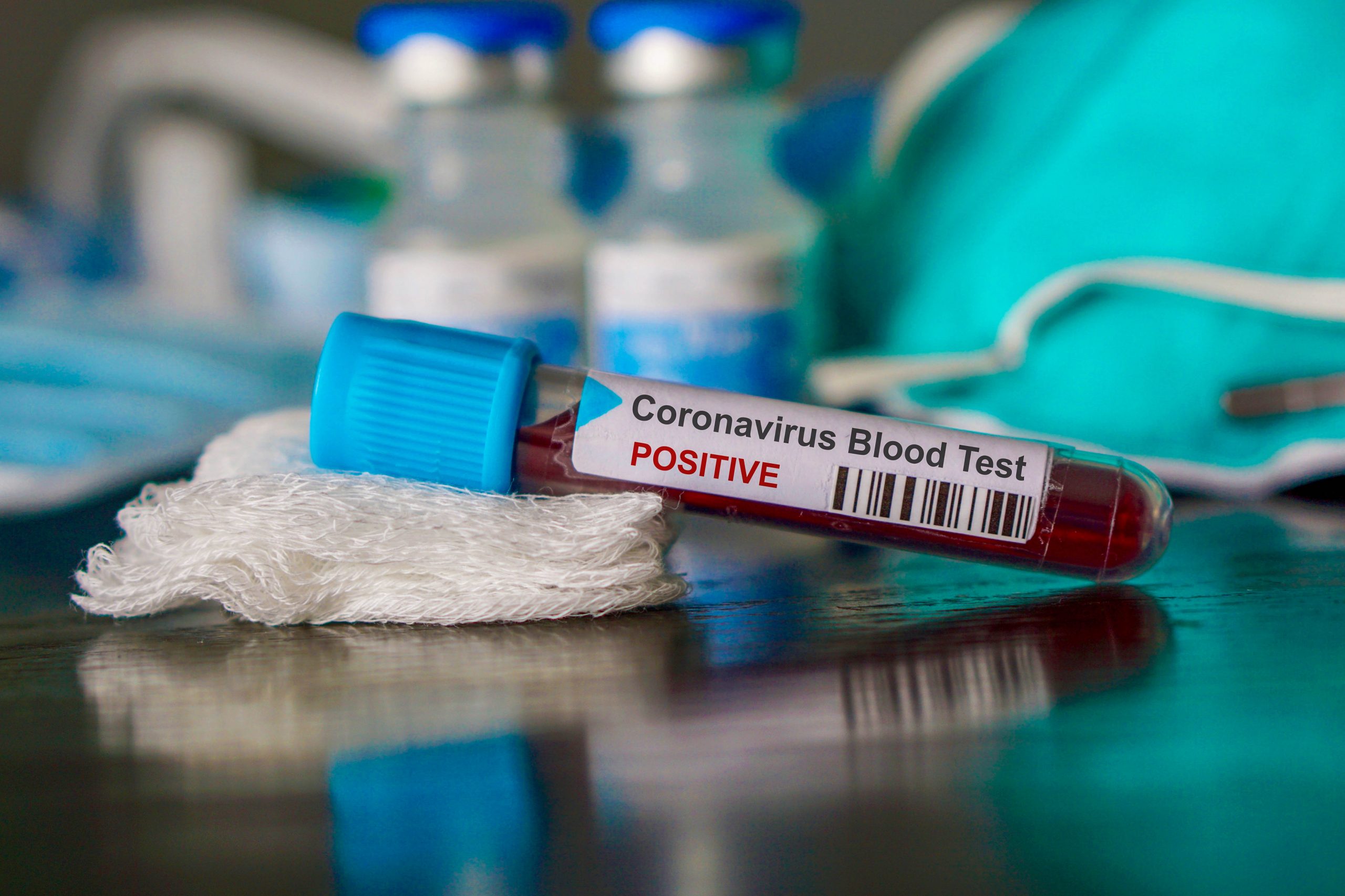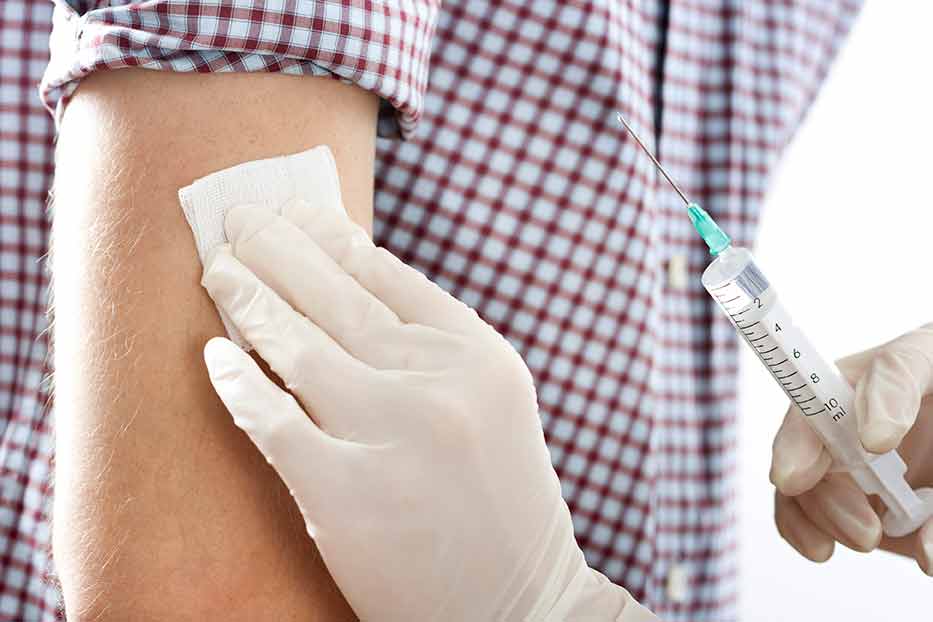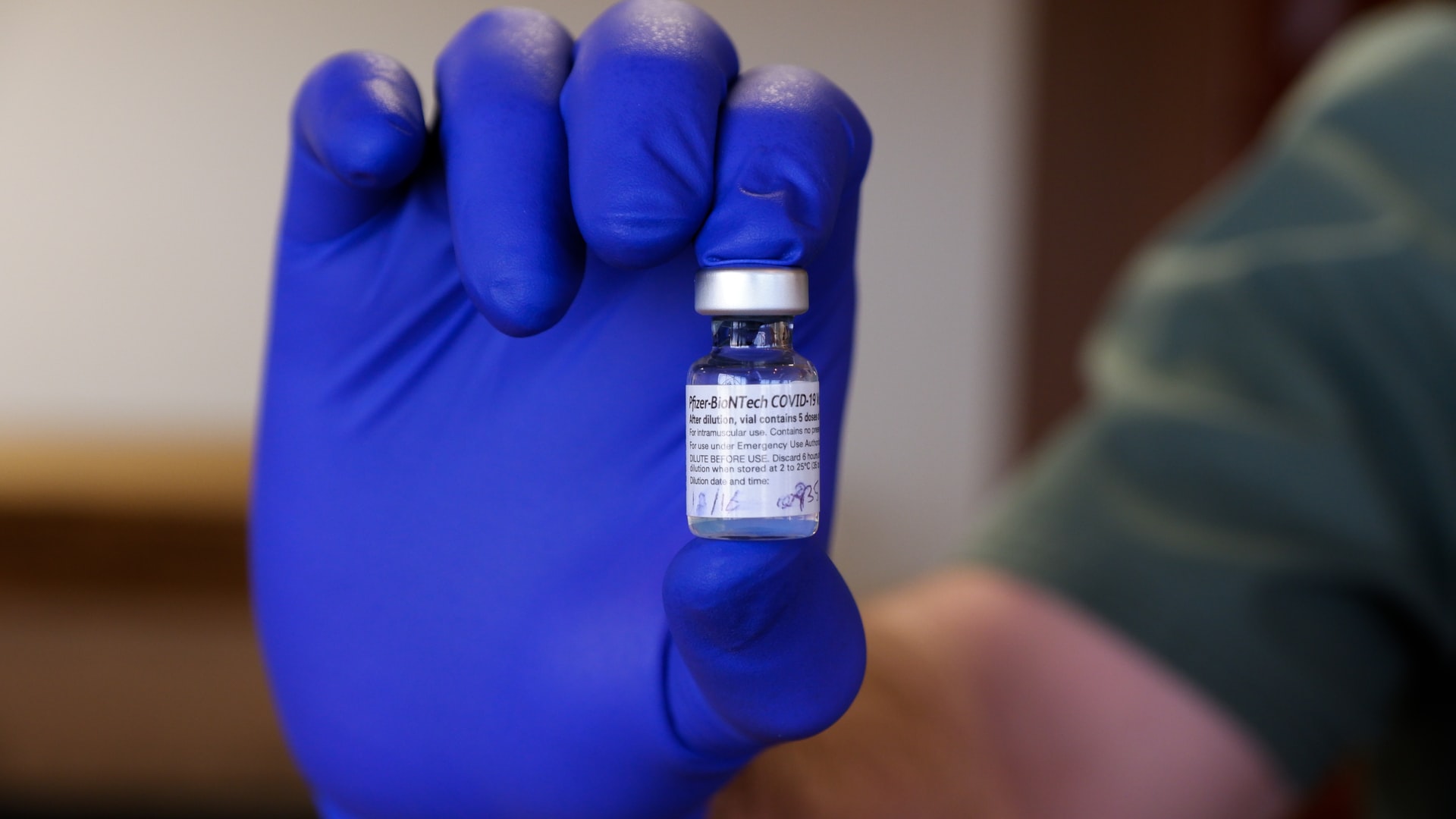WELLINGTON COUNTY – New cases of COVID-19 are quickly emerging as a fourth wave of COVID-19 washes over Wellington County and the province at large.
“We do expect things will go up in terms of case counts and we will enter a fourth wave,” WDGPH associate medical officer of health Dr. Matthew Tenenbaum recently told the Advertiser.
Most of those infections will be in unvaccinated or partially vaccinated persons, but some who have received their second dose of vaccine will still get COVID-19.
Known as a breakthrough infections, those cases occur when symptoms of COVID-19 show up two weeks after someone receives their second vaccine dose.
“That’s the time period where they should be fully protected in principle,” Tenenbaum said.
“We know that there are some people who, despite being fully vaccinated, will unfortunately become infected.”
Imperfect vaccines coupled with a quickly mutating virus explain why breakthrough infections are even a thing, albeit rare.
Locally, data provided by WDGPH shows 208 of 221 cases (94.1%) reported between June 20 and July 31 occurred in unvaccinated (57.9%) or partially vaccinated (36.2%) individuals, while 13 of the new cases (5.9%) were found in those who had received two vaccine doses.
According to Public Health Ontario (PHO) data, 52 symptomatic and asymptomatic breakthrough cases have been reported in the WDGPH region up to Aug. 21.
And across the province, 0.04% or 3,782 of more than 9.7 million fully vaccinated Ontarians have experienced breakthrough infections as of Aug. 21, according to PHO.
Most of those breakthrough infections occurred up to 90 days after a second dose, dropping to nearly zero incidents after 105 days post-vaccination.
Ontario COVID-19 Science Advisory Table member and University of Guelph professor Scott Weese says a better way to refer to breakthrough infections would be as “spillover” infections.
“Because really, that’s what they are – they’re spillover from the unvaccinated population,” says Weese, who is researching animal-human transmission of COVID-19 and other infectious diseases.
Even with much of the population vaccinated, there remain many who aren’t, Weese points out.
“If we had this virus really well controlled in the general population, you wouldn’t be seeing many infections at all in vaccinated people,” he said.
The more times a fully vaccinated person is exposed to infected people, the greater chance the virus will “break through,” according to Weese.
There’s also a greater chance the virus will mutate into an even nastier variant than Delta, which is currently driving the fourth wave.
“It’s a function of the more times this virus replicates, the more times it finds another person to infect, the more chance it has of changing along the way,” Weese explained.
“And that’s why we need to have more people vaccinated, so there’s less chance of that happening and that’s also why people still need to use measures like masking and distancing so that we can decrease transmission while we’re catching up [with] vaccination.”
Across the WDGPH region, 79.5% of the eligible population is fully vaccinated as of Sept. 7.
Even with current vaccination levels, Tenenbaum says “we’re not quite out of the woods” yet.
“The idea of vaccines is never that we’re going to rely on them exclusively and use them in alternative to other measures,” he said. “But they add protection.”
How much protection vaccines offer is playing out live in the public sphere but Tenenbaum says the bottom line hasn’t changed.

(Advertiser file photo)
As a public health and preventative medicine specialist, Tenenbaum is resolute in hammering home a familiar message, saying vaccines offer “incredibly strong protection” against illness and “especially strong protection” against severe outcomes like ending up in a hospital, on a ventilator or dying.
“The more people we have immunized in our community, the less chance [there] is any one of them will come into contact with a case,” Tenenbaum said, explaining vaccines “dramatically reduce” the risk of becoming infected, combined with masking, reducing contacts and maintaining physical distance.
When breakthrough infections do occur, they tend to be mild and those hospitalized don’t often end up in an ICU at the same scale compared with those who are unvaccinated.
According to PHO data, 176 fully vaccinated people across the province were admitted to hospital (including 21 placed in an ICU) compared to 18,114 unvaccinated hospitalizations of which 3,571 were admitted to an ICU between Dec. 14, 2020 and Aug. 21, 2021.
Wei Zhang, an assistant professor at the University of Guelph’s department of molecular and cellular biology, helped create proteins stopping another coronavirus, Middle Eastern Respiratory Syndrome, from evading the body’s immune response. He’s in the early academic research stages of researching alternative uses for already-approved drugs to treat COVID-19 infections.
Zhang said he believes breakthrough infections are occurring for three key reasons: plateauing vaccination rates, insufficient antibody production in those experiencing breakthrough infections, and new variants challenging vaccines designed for the non-mutated form of the virus.
“Breakthrough infections doesn’t [sic] mean vaccines don’t work,” he stressed.
Zhang says if herd immunity is not reached, breakthrough infections will continue “due to the fact that there are unvaccinated people who got infected and that in turn will affect the rate of breakthrough infections seen in the vaccinated population.”
And yet breakthrough infections are the very thing wearing on the public’s trust of the vaccines – a point Tenenbaum agrees with.
“Some of the narratives that have emerged about breakthrough infections, unfortunately, have made some people wonder about whether the vaccines are right for them or whether they offer protection,” he suggested.

(Metro Creative photo)
Weese too acknowledged the difficulty of managing the psychological hurdles of a pandemic.
“I think there are messaging issues, there are expectation issues—a lot of it’s just fatigue too, like, ‘we’re done,’” he said.
“I think part of it was the hope that we do vaccinate our way out of this,” he said. “We can’t get out of this without a vaccine, but we can’t do it just with a vaccine, and I think that’s been a tough message for people.”
The vaccines, Weese says, serve two purposes: reducing disease and prevention of severe disease and death.
Weese echoed Zhang’s conclusion on herd immunity, saying the only way out of the pandemic is to have at least 90% of the population vaccinated—a target that’s increased from 60 or 70% proposed by medical experts earlier in the pandemic.
“I think that understandably frustrates or confuses people,” Weese said.
He explained, “The more infectious the virus is, the more people you need protected to contain it.”
Delta is widely thought to be more virulent, more unruly against vaccines (particularly first doses) compared to other variants, and other interventions like monoclonal antibodies, the synthetic proteins mimicking the body’s natural immune response.
Reggie Lo, a professor emeritus at the University of Guelph’s department of molecular and cellular biology, has spent his academic career studying the virulence of pathogens.
“When our immune system [responds] to the vaccine, we produce antibodies against the spike protein on the virus,” Lo explained in an email.
But antibodies don’t kill the virus, they signal the body’s immune response to target the COVID-19 virus.
“With the delta variant, it has a high rate of reproduction in infected cells, hence a higher viral load which can swamp out the [antibody] levels,” Lo said.
“Essentially, your immune system runs out of red flags.
“Any escapes will be able to carry [out] the infection cycle, make more virus, causing damage to tissue and impairing cellular functions. If the immune system is able to catch up to the viral load, you recover; if not, it spirals down and [you] will require medical treatment.”
Weese says medical experts would like to see zero infections in the fully vaccinated but said “we know that’s not going to happen.
“It just takes time … and that’s why we really need to get everyone vaccinated, if they can be vaccinated, to control this.”




